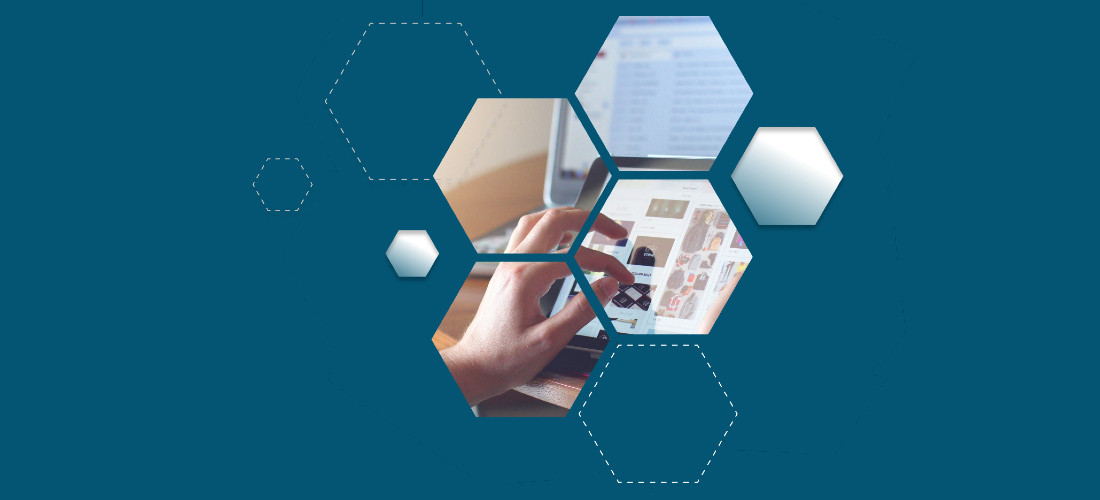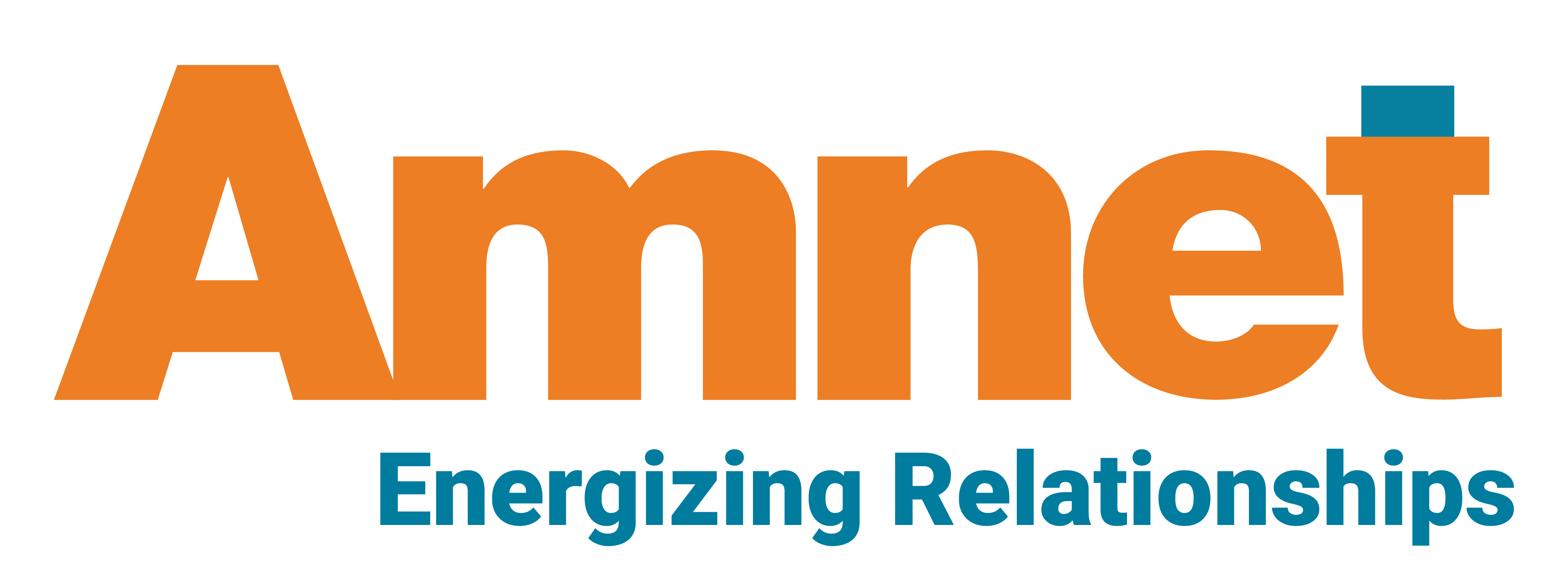
- Web Accessibility
- Inclusive Content
- Digital Accessibility
Inclusive Digital Marketing – Boon for the People with Disability, Benefit for the Brand
The hyper-ubiquity of the digital landscape stretching all the way from education, books, banking, shopping, logistics, design, medicine, engineering, dining, and much more may appear to be a boon for people with disability. The expectation is that conscious, thoughtful, inclusive marketing design, user interfaces and assistive technology have enabled and empowered them to be independent and lead comfortable and fulfilling lives.
The reality is not quite so benign. While brick and mortar businesses have ‘ramped-up’, in the digital world of websites and mobile applications, many brands – from large to small, have not yet incorporated features that enable a seamless user experience for this significant populace. Only 5% of the largest North American brands are taking appreciable measures to connect to disabled consumers.
Why should your brand prioritize accessibility and inclusivity?
- More than 2 billion or more than 37.5% of the world’s population are disabled
- 71 million North Americans belong to this category
- They control $490 billion spending power
- Half of all people with disabilities make household buying decisions
- Family and friends also control disability-related spending decisions
- Adding up to 53% of the global consumer marketplace
- Disabled University students have doubled over the last 2 decades
- 19% post-secondary students have disabilities
- North American disabled adults spend an estimated $19 million annually in travel
- More than 8 in 10 disabled ignore a business because of barriers encountered
- A report found that in the US, companies supporting the disabled had 28% higher revenues, 200% higher incomes, 30% higher profit margins
Given the large spread of this group, their significant spending power, their increased participation in society, earning their living, using digital assets, shopping, banking, studying, vacationing, essentially doing everything that their able counterparts do, it would seem like common sense that companies are astute enough to include the people with disabilities in their outreach, accessibility, and service to customers.
There are other considerations as well, notably:
- Legal tangles: The Supreme Court’s landmark ruling in October 2019 to not review Domino’s Pizza’s claim cleared the way for Guillermo Robles, a blind man, to proceed with his lawsuit that, under Title III of the Americans with Disabilities Act (ADA), he had a right to access Domino’s website and mobile app which he alleged were not accessible. This ruling obviously opens up the floodgates for accessibility lawsuits, which is something any brand worth its reputation would want to avoid.
Ideally all companies with an online presence must be 508 compliant – i.e., designing and developing electronic and information technology including website and mobile applications that are safe and accessible for the disabled.
One way to do this is by ensuring total adherence to the Web Content Accessibility Guidelines (WCAG) which provides a single shared standard for web content accessibility that meets the needs of individuals, organizations, and governments internationally.
- Brand Reputation and Loyalty: Brands are built on perception. Domino’s Pizza will have to go above and beyond to undo the negative image of fighting against a blind man who was merely trying to exercise his right to order a pizza online. Brands who visibly make accessibility a priority, nurture a reputation of being truly inclusive and win customer loyalty.
- User Experience: Christina Mallon, Global Head of Inclusive Design and Accessibility at Wunderman Thompson (the largest ad agency in the world) once said “Design for disability, and your work will work for everyone.” The experience of the user is paramount in the user’s continued usage/repeat visits. As a matter of very interesting facts, many features which are for users with disabilities actually improve the overall user experience and have now become par for the course! Did you know for instance that touch screens were “Originally designed for people with mobility issues and sold to Apple to be used across all mobile devices globally.” The same goes for the electronic toothbrush. In other words, creating the best experience for users with disabilities can help you create the best universal user experience.
- Ethics: The cataclysmic pandemic has catalyzed human beings into highlighting their best and noblest qualities, and simply doing the right thing. Right behavior, doing right by everyone – this has been in sharp focus. We need to extend this aspect of ethics to the people with disabilities. However, a major shift towards this direction can already be seen which is a positive signal. According to Disability Equality Index 2020, the number of disability inclusion companies in the US has quadrupled to 205 in 2020 from 43 in 2015. Inclusive, equitable behavior is what society today welcomes, lauds, and participates in. And brands/companies cater to consumers who make up society.
Get EVERYONE in and watch your brand soar, should unequivocally be the watchword for every business.

Thank you for Subscribing!
The confirmation link will be sent it to
your mail
RELATED POSTS
-
 Accessibility
Accessibility -
 Accessibility
Accessibility -
 Accessibility
Accessibility




